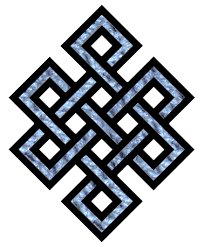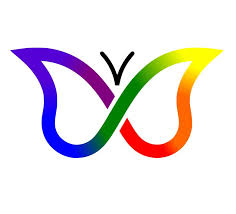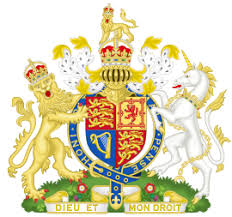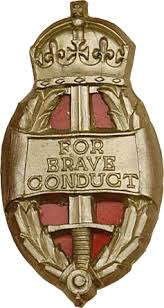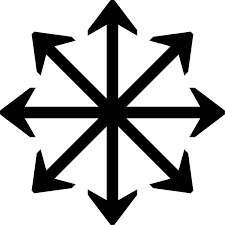
for change symbol
| Symbol | for change |
| Origin | The Freemasons trace their origins to medieval stonemason guilds but evolved into a fraternal organization focused on moral and spiritual development. |
| Meaning | In Freemasonry, symbols often carry multiple layers of meaning. Regarding change, symbols like the hourglass or the symbol of the sun rising over a mountain can represent the passage of time and the pursuit of enlightenment and transformation. |
| Appearance | The symbols associated with change in Freemasonry can vary, but they often include imagery related to time, growth, and enlightenment. |
| Colors | Colors associated with change may include gold or yellow, symbolizing enlightenment and transformation, or white, symbolizing purity and renewal. |
| Usage | These symbols are used in Masonic rituals, ceremonies, and teachings to impart moral and philosophical lessons. |
| History | Freemasonry has a rich history dating back centuries, with its symbolism evolving over time to reflect the values and teachings of the organization. |
| Popularity | Freemasonry has maintained a significant presence globally, with varying degrees of popularity in different regions and periods. |
| Importance | Symbolism, including symbols of change, holds great importance in Freemasonry, as it serves as a means of conveying moral and philosophical teachings to its members. |
| Complexity | The symbolism of change in Freemasonry can be complex, often intertwining with other symbolic themes such as mortality, rebirth, and personal growth. |
| Emotions | Symbols associated with change in Freemasonry can evoke a range of emotions, including contemplation, anticipation, and a sense of personal transformation. |
Symbols of Change: A Glimpse into Transformation
Throughout history and across cultures, humanity has sought symbols to capture the elusive concept of change. While there’s no single universal emblem, a rich tapestry of imagery and ideas represent this ever-present force.
Classical Symbolism:
- The Greek letter Delta (Δ): Used in mathematics and science, it signifies difference or change in a variable.
- The Ouroboros: A serpent eating its own tail, symbolizing cyclical change, rebirth, and eternity.
- The Phoenix: Rising from the ashes, it embodies renewal, transformation, and overcoming challenges.
Natural Metaphors:
- The Butterfly: Its metamorphosis from caterpillar to winged beauty represents personal growth and liberation.
- The Flowing River: Constant movement and transformation, reflecting the impermanence and adaptability of life.
- The Seed Germinating: Growth and potential hidden within, symbolizing new beginnings and possibilities.
Abstract Representations:
- The Circle: Completeness, wholeness, and the cyclical nature of change.
- The Spiral: Upward movement, progress, and continuous evolution.
- The Arrow: Direction, movement, and the inevitable march of time.
Ultimately, the symbol of change speaks to our human desire to understand and navigate the constant flux of life.Choosing a symbol that resonates with you personally can offer comfort, inspiration, and a reminder of your own capacity for transformation.


